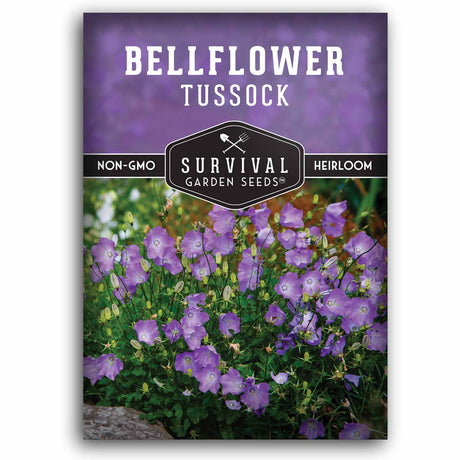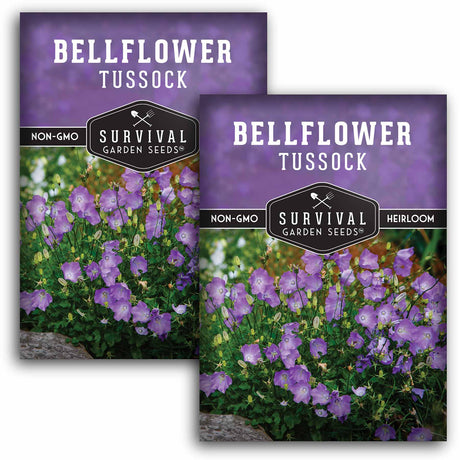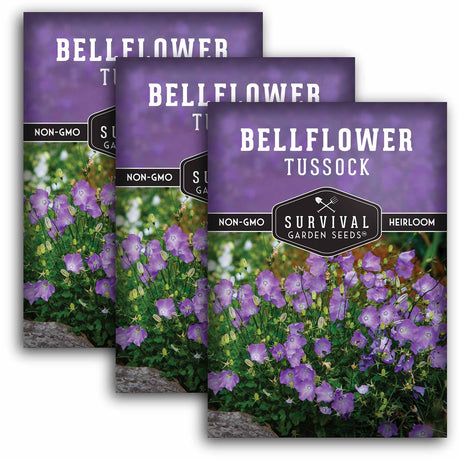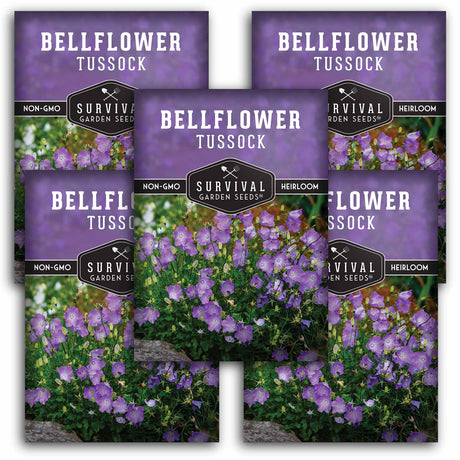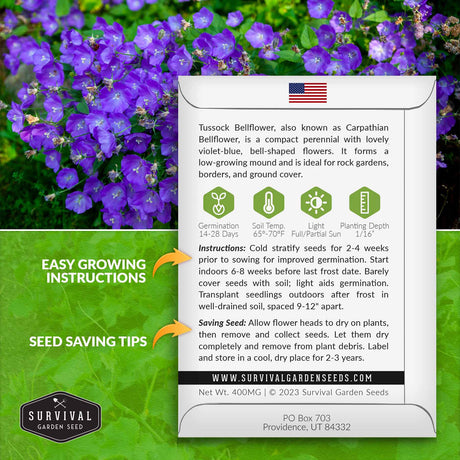
Watermelon Colors You've Never Grown Before
Discover vibrant yellow, orange, white, and two-tone watermelons! Learn how to grow unique varieties, enhance their color, and explore new flavors and uses.
Free Shipping on US Seed Orders of $20+ SHOP NOW
Tussock Bellflower Seed - Campanula Carpatica
Survival Garden Seeds offers Tussock Bellflower seeds, also known as Carpathian Bellflower. Our packets include detailed instructions for the best results growing these beauties. Our non-GMO seeds are selected for their high germination rates, robust growth, and vibrant blooms, ensuring a beautiful and lively garden display.
Tussock bellflowers, or Campanula Carpatica, are lovely plants treasured for their distinctive bell-shaped blossoms. These flowers enhance the garden aesthetic, providing a valuable nectar source for pollinating insects at the same time. Native to many parts of the world, bellflowers are quite adaptable. They flourish in USDA hardiness zones 3 to 9.
We recommend you cold stratify bellflower seeds for 2-4 weeks before planting to improve germination rates. You can direct sow bellflower seeds in spring or fall or start them indoors 6-8 weeks ahead of time for early blooms. Cover the seeds lightly with soil, providing some light for germination. Find a planting area with well-draining soil and sufficient sunlight. Germination typically starts in 2 to 4 weeks. The young plants need regular watering to establish deep roots.
Bellflowers are easy to maintain, requiring only some watering during prolonged dry periods. They like to be in the sun and prefer well-drained soil. Deadheading flowers has dual benefits: extending the flowering period and preventing excessive self-seeding.
Cultivating the tussock bellflower at home is an expectance of violet bells that make a garden extra special. Its classic beauty that lasts through the seasons will be a joy for you to see every time you go outside, and the pollinators will love the compact plant’s long-lasting blooms.

Discover vibrant yellow, orange, white, and two-tone watermelons! Learn how to grow unique varieties, enhance their color, and explore new flavors and uses.
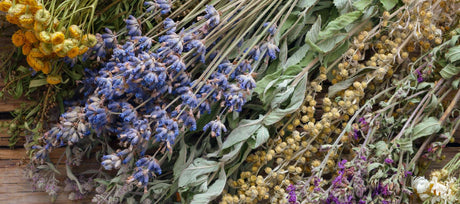
Learn to grow essential healing herbs at home. This guide covers planning, planting, and harvesting medicinal plants for natural remedies and a sustainable garden.
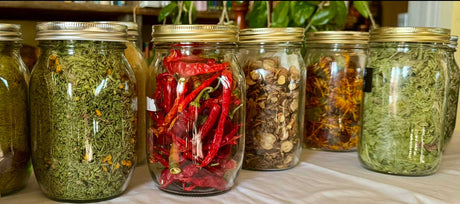
Using the herbs in her regenerative garden, Bekah Celeste makes salves, tinctures, glycerides, and all kinds of candies like chocolates and gummy bears.

Lovage (Levisticum officinale), a towering, celery-like perennial. Lovage is an herb that delivers bold flavor, robust growth, and multifaceted benefits.
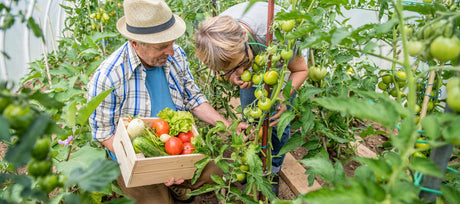
Whether the goal is to cut grocery bills, sample rare heirloom vegetables, or simply enjoy the therapeutic rhythm of tending plants, starting a garden from nothing is entirely achievable with...
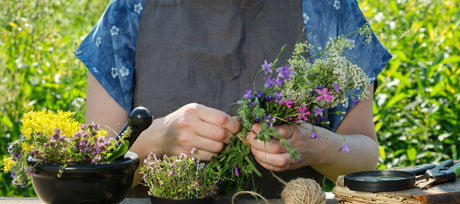
Modern interest in holistic wellness has revived a timeless practice: cultivating medicinal plants at home. By setting aside a patio corner, windowsill, or backyard plot, it is possible to create...

Asters are a native wildflower that will brighten your fall garden. Let’s discuss how to grow asters, the varieties we offer, and their ecological importance.

Discover what seeds to plant in July for thriving fall gardens. Regional planting tips, heat-tolerant varieties, and what to avoid for every US zone.
